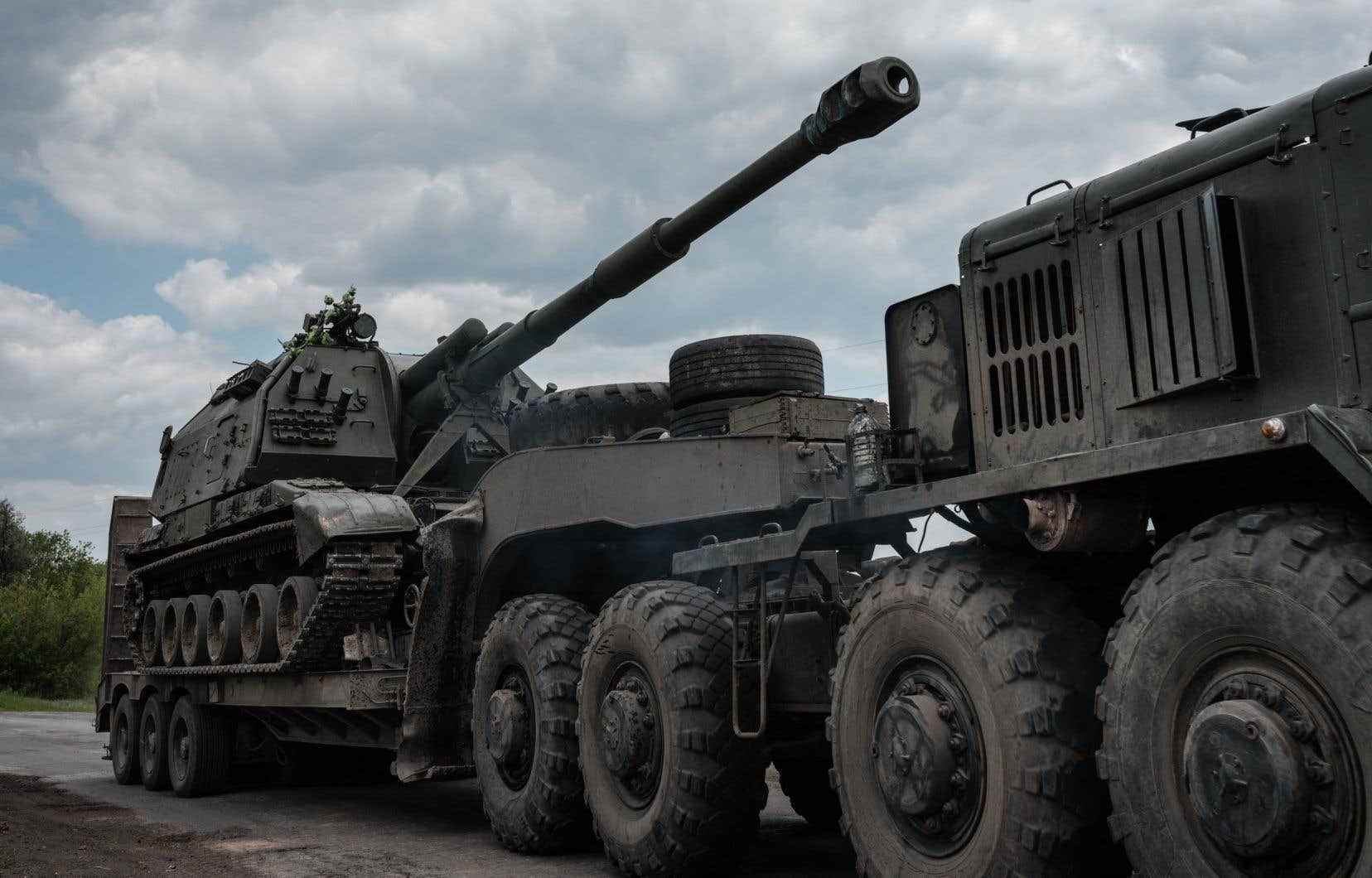The United States is counting on a prolonged conflict in Ukraine, where Vladimir Putin appears to want to extend the fighting to Transdniestria, at the risk of a military escalation and the establishment of martial law in Russia, according to the head of American intelligence, April Haines.
“We believe that President Putin is preparing for a protracted conflict in Ukraine, during which he still intends to achieve goals beyond Donbass,” Ms. Haines told a Congress hearing at the time. where elected officials are preparing to release a huge budget extension of 40 billion dollars for Ukraine.
Having given up on seizing kyiv, the Russian army deployed in the south and east of the country, officially to “liberate” the separatist regions of Donetsk and Lugansk, in the Donbass, which could allow Moscow to fully control the Sea of Azov and ensure territorial continuity with Crimea, which Moscow annexed in 2014.
But this repositioning around the Donbass “is only temporary” and the Russian army wants to continue its advance to create a “land bridge” in southern Ukraine, to the large port of Odessa and to the Moldavian border. , explained Ms. Haines.
US intelligence believes the Russian military wants to ‘extend’ this land bridge to Transdniestria, it added in reference to the region of Moldova which seceded in 1990 when Israel collapsed. Soviet Union, and where the Russian army has a military base.
But if it is “possible” that the Russian forces will achieve this objective in the coming months, “they will not be able to reach Transdniestria and include Odessa without decreeing a form of general mobilization”, she underlined.
The Russian president “is probably counting on a weakening of the determination of the United States and the European Union when the shortages of food goods and the rise in energy prices will worsen”, she warned.
Ms Haines noted that Mr Putin’s ambitions exceeded the capabilities of the Russian military, which “probably means that we will move in the coming months along a more unpredictable and potentially escalating trajectory”.
Conflict “stalemate”
“The current trend increases the chances that President Putin will turn to more drastic measures, including the establishment of martial law, the redirection of industrial production or a potential military escalation in order to free up the resources necessary to achieve his goals. “, she continued.
The head of the military intelligence agency, General Scott Berrier, described the state of the fighting between Russian and Ukrainian forces as one of “stagnation”.
But that could change if Moscow formally declares war and mobilizes more forces, he noted. “If Russia doesn’t declare war and mobilize, the stalemate will last and I don’t see a way out for either side,” he said.
“If they mobilize and declare war, thousands more soldiers will join the fighting and even if they will not necessarily be as well trained or as competent (as the current forces), it will have a mass effect”, a- he warned.
Avril Haines, who for her part oversees all of the American intelligence agencies, including the CIA and the NSA, reaffirmed that Washington does not believe that Vladimir Putin is ready to use nuclear weapons.
“We continue to believe that President Putin will only order the use of nuclear weapons if he perceives an existential threat to the Russian state or regime,” she noted.
The Russian president could nevertheless resort to it “if he thinks that he is losing the war in Ukraine and that NATO is either intervening or preparing to intervene”, she specified. But, even in this hypothesis, “it is likely that he would send signals” before doing so.
